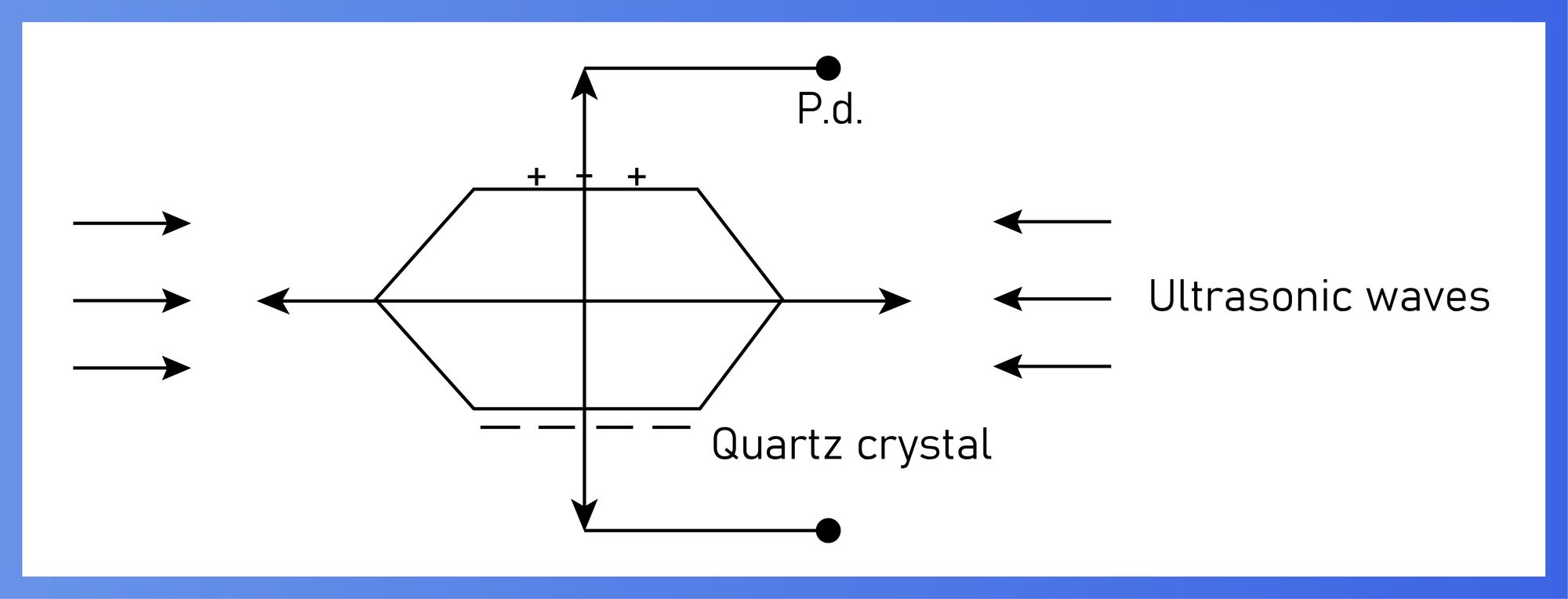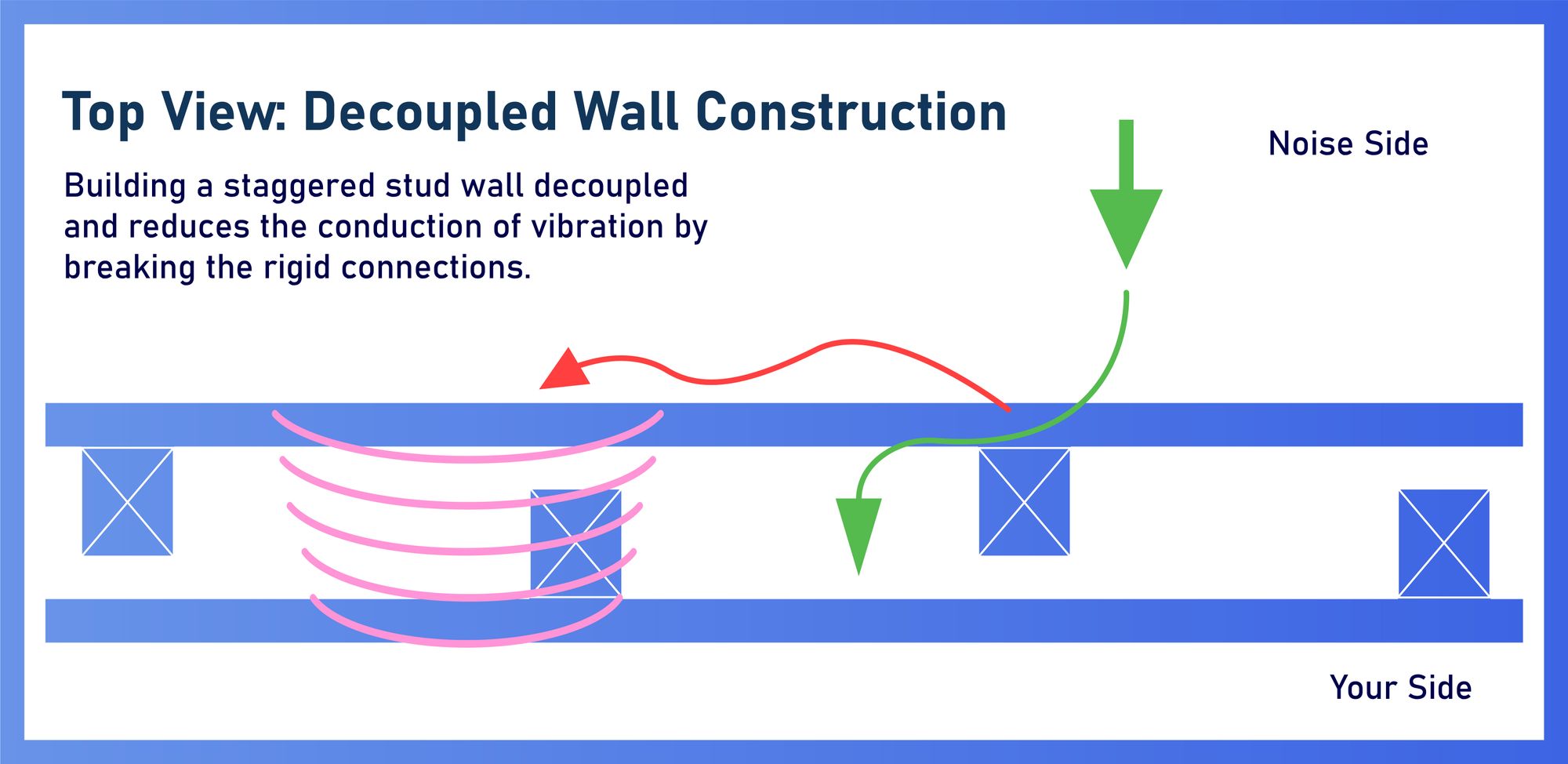- What Is Ultrasonic Sound
1.1 Is It Harmful To Humans - Can You Hear Ultrasonic Sounds
2.1 Why Can't Everyone Hear These Sounds - Is Ultrasonic Sound Detection Possible
- How To Detect Ultrasonic Sound
4.1 Detection Methods
4.2 Detection Devices - Can Ultrasonic Sound Be Recorded
- Detect Ultrasonic Sound Using Decibel Pro App
Curious about what ultrasound is and how to detect ultrasonic sound? Keep reading to find out all about it.
What Is Ultrasonic Sound?
Although this limit can vary from one person to another, humans can generally hear sounds from 20 Hz to 20,000 Hz. Ultrasonic sounds are high-frequency sound waves that are beyond the limit of human hearing. For this reason, sounds above 20,000 Hz are referred to as ultrasound.
They are commonly used by animals like bats and whales to locate prey or to travel and by humans for industrial and medical purposes.
Is It Harmful to Humans?
Ultrasonic sound is not harmful to people and is inaudible to most. However, it can cause discomfort, annoyance, or non-threatening issues like headaches, nausea, tinnitus, especially to more sensitive individuals. For this reason, some people use devices that block ultrasound.
Can You Hear Ultrasonic Sounds?
Although the human hearing range is between 20 Hz and 20,000 Hz, this is more of an average. Some people can hear above and below this range. Infants, children, teens, and some adult women have particularly acute hearing and can detect ultrasonic sounds.
Even though humans cannot usually hear these types of sounds, they are present in our environment. They can be generated by broadcasting devices, loudspeakers, motion sensors, rodent deterrent devices. We use ultrasound in many fields.
Ultrasonic devices are commonly used for:
- detection of objects
- measurement of distances
- testing products or structures
- in motion sensors
- inhuman and veterinary medicine (imaging)
- physical therapy
- welding
- cleaning, mixing, and accelerating chemical processes in certain industries
Why Can’t Everyone Hear These Sounds?
Not everyone can hear ultrasonic sound because the range of human hearing is limited (20 Hz-20 kHz), and it also decreases with age. While exceptions do exist, ultrasound can be heard mostly by children and younger humans.
Is Ultrasonic Sound Detection Possible?
Ultrasonic sound detection is possible although our ears alone cannot detect ultrasound. Using an ultrasonic detector or transceiver, high-frequency sounds can be translated into the human hearing range and heard over a headset.
Ultrasonic sound detection has multiple industrial applications and is used for detecting hidden flaws and leaks.
How to Detect Ultrasonic Sound
There are several methods and devices you can use to detect ultrasonic sound. Here are a few examples of methods and devices used for high-frequency sound detection:
Detection Methods
The most commonly used methods for detecting ultrasound are:
- Piezoelectric method. This method requires a crystal such as calcite or quartz. When these crystals undergo a form of mechanical stress, they generate an electric charge. This phenomenon is referred to as a ‘piezoelectric effect’ and it can also be used conversely, to detect ultrasound.

- Kundt’s tube method. This method requires a tube filled with lycopodium powder. The powder sets at the bottom of the tube and when ultrasonic waves pass through it, they form stationary waves within the tube that can be observed by looking at it.

- Sensitive flame method. This method uses a flame that moves around the medium to detect ultrasonic sound waves. The flame is steady at the antinodes and flickers at the nodes because of the change in pressure.

- Thermal detection method. This method uses a platinum wire that is moved through a medium. When ultrasonic waves pass through the medium, they form alternative compressions and bring the particles of the medium closer. This causes the particles to collide and increases the temperature. The platinum wire moving through the medium can detect the temperature variations at the nodes and antinodes and its resistance changes. By noticing these changes in resistance, you can detect the ultrasound.

Detection Devices
Devices called ultrasonic sensors, transceivers, or transducers can both detect and produce ultrasonic sound. They send out sound waves through a high-voltage electrical pulse and receive back an echo. This echo generates an electric pulse that is converted into a sound within the human hearing range.
Audio sound transducers have input sensors like microphones to convert sound into an electrical signal and also have output actuators like loudspeakers or headphones that convert the signal back into sound.
There are several types of microphones used as sound transducers (dynamic, ribbon, electret condenser, and piezoelectric crystal mics). They are used for audio recording purposes, as well as for broadcasting, telephones, and medical applications.
Another example of an ultrasonic sound detection device is an ultrasonic receiver. It is used in scientific applications (like in the study of insects and bats) or industrial ones (for detecting air, water, gas leaks).
Can Ultrasonic Sound Be Recorded?
Ultrasonic sound waves are inaudible to humans, but they can be recorded by microphones.
You can use an ultrasonic recorder or a bat detector to record ultrasonic sound. These devices can transform ultrasound signals into sounds that can be heard by humans.
Detect Ultrasonic Sound Using Decibel Pro App
Decibel Pro is a professional sound-level app that comes with a complete spectrum analyzer. You can use the app to measure environmental or background noise and avoid dangerous exposure to noise or high volume sounds and also to detect low and high-frequency sounds and analyze them.
Decibel Pro is easily downloadable on any iPhone or iPad. To learn more about the app, click here.



